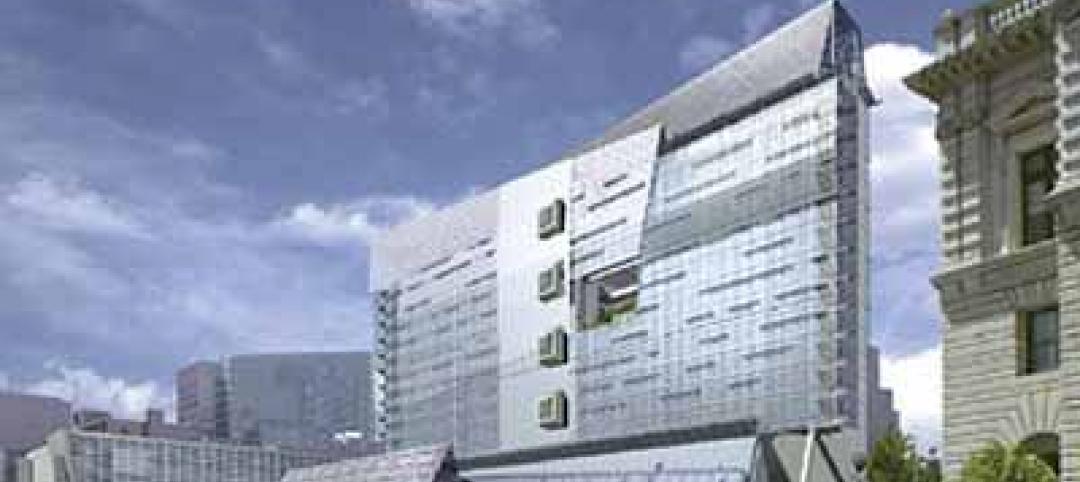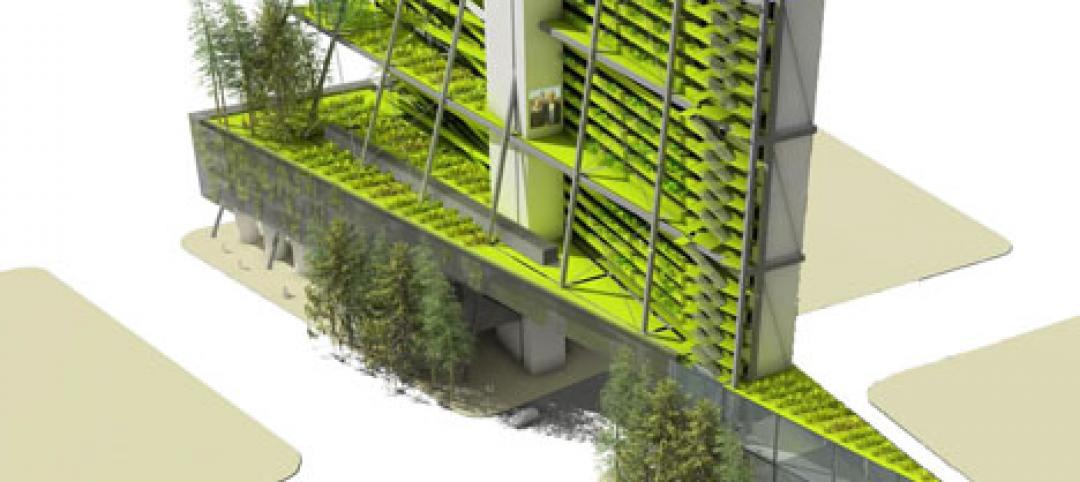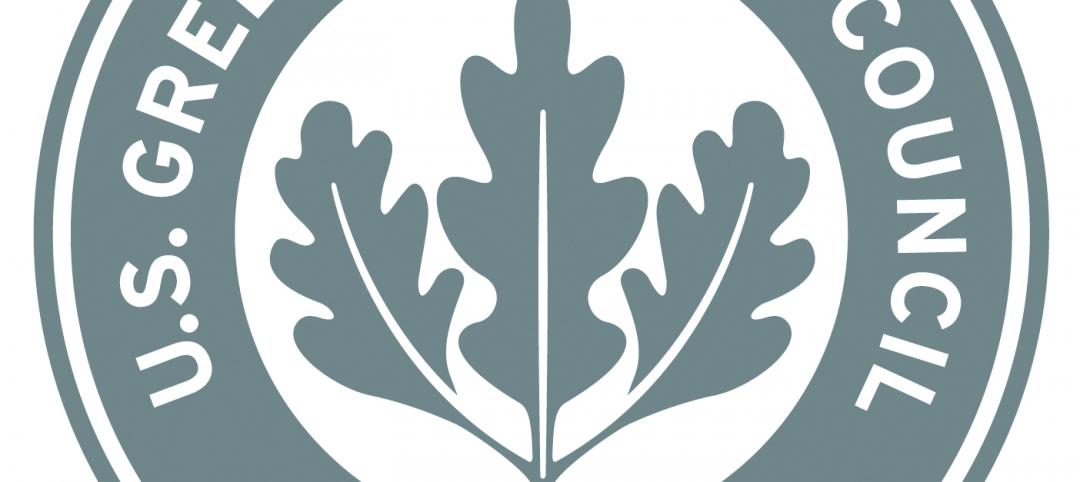The “15-minute city” concept, sprung from academia, is gaining influence in many cities. The model aims to create neighborhoods in which almost all residents’ needs can be met within 15 minutes of their homes on foot, by bike, or on public transit.
Under this vision, all urban dwellers would have welcoming streetscapes, parks, and plazas, along with easy access to necessities such as groceries, close by their homes. It is an old concept—cities evolved along those lines before the automobile.
In Paris, where the mayor has fully embraced the concept, many neighborhoods already display the traits of a 15-minute city. But, some working-class neighborhoods lack necessary amenities such as grocery stores, sports centers, and clinics, and those are the areas where most of the transformative work has to be done.
One response has been the remodeling of 41 Parisian school grounds that were planted with trees and soft, rain-absorbent surfaces to help battle summer heat. The yards are available after school for use as public gardens or sports grounds. Cars were banned or severely limited in surrounding streets, and trees and benches have been added in the streetscape.
It would be far more difficult to make such a transformation in younger, sprawling cities found in North America or Australia, where cars are the dominant form of transportation.
Related Stories
| May 31, 2012
Natural gas industry opposes federal carbon-neutral construction rule
The natural gas industry and some allies are working to block a federal green building rule that was expected to be a national model for carbon-neutral construction.
| May 31, 2012
Lawsuits push the legal boundaries of green building definition
This article explores some legal issues stemming from lawsuits in which plaintiffs have charged developers with not delivering on a promised level of sustainability.
| May 31, 2012
ANSI approves Green Building Initiative’s design standard
The Green Building Initiative (GBI), a Portland, Ore. nonprofit organization, has had its new consensus-based standard for the design, construction, and operations of environmentally friendly buildings approved by the American National Standards Institute (ANSI).
| May 31, 2012
USGBC testing Minnesota buildings to see if they are living up to LEED standards
The Minnesota chapter of the U.S. Green Building Council (USGBC) has teamed up with EnergyPrint, a St. Paul, Minn. energy consulting firm, to study the energy and water use of more than 150 buildings in the state that have LEED certification.
| May 29, 2012
Reconstruction Awards Entry Information
Download a PDF of the Entry Information at the bottom of this page.
| May 25, 2012
Major retail chains welcome LEED Volume option
Large national chains such as Starbucks, Marriott, Verizon, and Kohl’s are welcoming the LEED Volume Program that enables them to batch certify similar projects.
| May 25, 2012
Alaska’s okay of gravel aggregate with naturally occurring asbestos opens up development
Some long-delayed projects in the Upper Kobuk region of Alaska may now move forward thanks to legislation that allows construction in areas that have naturally occurring asbestos.
| May 25, 2012
Las Vegas building codes may thwart innovative shipping container development
A developer wants to build a commercial development out of steel shipping containers in Las Vegas, but city codes would have to be altered or the project would have to obtain waivers for it to receive the city’s go-ahead.
| May 25, 2012
Collapse of Brooklyn building that killed worker blamed on improperly braced frame
The Occupational Safety and Health Administration cited SP&K Construction with 11 safety violations, for which it could face more than $77,000 in fines.











